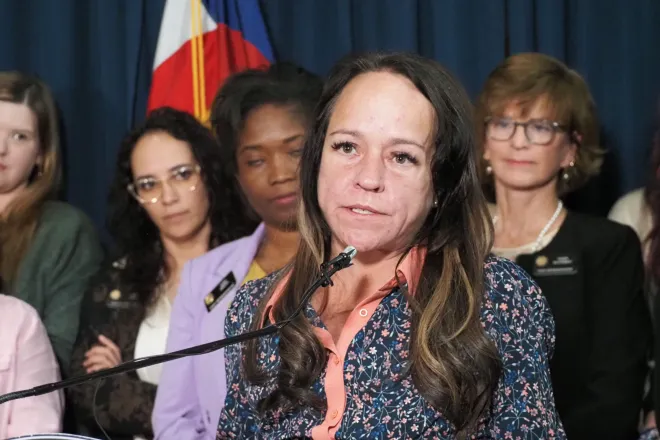
Increasing compliance reported with Colorado housing laws
Colorado reported a “high rate of compliance” by local municipalities with recently enacted strategic growth laws.
By complying, those communities are now eligible for prioritized grant funding. This is all part of a larger effort to increase housing opportunities in the state.
“Coloradans want more housing we can afford in the communities we want to live in, and we have taken important steps forward over the last few years,” said Colorado Governor Jared Polis. “It’s clear that communities across the state are removing obstacles and regulations that prevent housing from being built and expanding housing options. I applaud these local leaders and look forward to this continued work to make housing more affordable in our state.”

© tussik13 - iStock-908521486
While compliance with the laws is not a condition for eligibility, according to the state, it will serve as a “factor” in scoring and prioritizing for 34 funding opportunities. Those grants are available throughout multiple different agencies, including the Office of Economic Development and International Trade, the Colorado Energy Office and more.
In August, Polis updated an executive action to push more affordable housing for Colorado. That came just months after he first issued the initial executive order.
The amended executive order directed state agencies to prioritize grant funding to local communities that are “leading on the effort to create more housing that Coloradans can afford.”
Leadership is defined as compliance with seven different state laws passed in 2024 and 2025, titled strategic growth laws, which include:
- HB24-1007: Restricts local governments in Colorado from limiting how many people can live together in one dwelling. Exceptions include health and safety.
- HB24-1313: Establishes a “transit-oriented community” category for local governments, which promotes affordable housing development near transit hubs.
- HB25-1273: Requires certain municipalities to update building codes to allow up to five-story multifamily buildings to use a single exit under certain conditions.
- SB25-002: Aims to remove regulatory barriers and streamline the approval process for modular and tiny homes.
Only three of the strategic growth laws have reporting requirements. For the other four laws, municipalities are considered compliant “there is verified evidence to the contrary.”
Local governments that are currently working to implement the laws include Denver, Colorado Springs, Boulder, Longmont, Wheat Ridge, Larimer County and Fort Collins.
This was applauded by Maria De Cambra, executive director at the Colorado Department of Local Affairs, which is implementing the executive order.
“We know that getting this right is so crucial for Colorado, and we will continue working closely with local governments to support them in the successful implementation of these programs that will have positive effects for generations to come,” De Cambra said.
The department, which looked at 335 jurisdictions, will continue to post quarterly updates on compliance.
In Colorado, there is a severe housing crisis, which totals a 106,000 housing unit shortfall, according to the state.
Currently one in four renters in Colorado spends over 50 percent of their income on housing, and homelessness is steadily increasing.
From 2020 to 2024, Colorado’s homeless population grew by 90 percent, the fourth highest growth rate in the country. This is something local politicians say is exacerbated by the lack of affordable housing, leading to the state and cities like Denver to launch many housing programs.
















